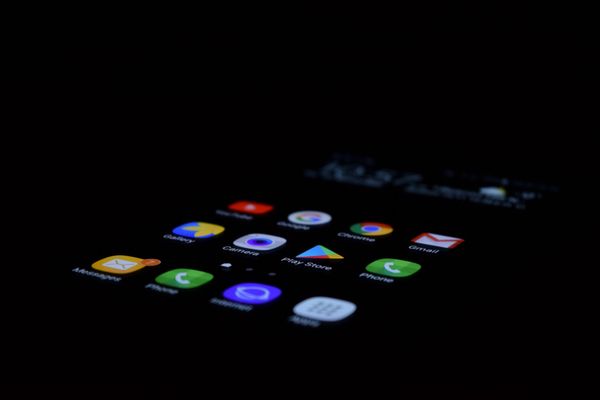During the pandemic, most college students are probably spending more time looking at computer screens than ever before. From attending classes and office hours on Zoom to completing homework online, it is nearly impossible to escape our electronic devices, not to mention the hours spent aimlessly scrolling on social media or watching Netflix.
Screen time, especially at night, has been linked to the disruption of our circadian rhythm due to blue-light exposure from our electronic devices. Blue wavelength can keep the brain awake and on high alert. Research has suggested that refraining from phone, computer and television use for the hours leading up to bedtime can help you far asleep faster and stay asleep longer — two things all of us would love to do.
Putting phones away an hour before bed, though a rational thought, is just not realistic for a college student’s nighttime routine. From late night study sessions in the library to the somewhat shameful hour-long Instagram scroll at 12 p.m., this ideal does not seem reasonable for the average college students.
Elena Gutierrez ’24 shared her typical nighttime routine and how she likes to wind down from a long day. She enjoys spending the last hours of the night talking with her roommates after everyone has finished their work. This means that “80% of the time I go to bed after 11,” Elena said. When it is a quieter night in the dorm, however, she enjoys being on her phone or watching TV shows with headphones, which she admitted keeps her up.
Lindsay Swaim ’24 also reported going to bed between 11 p.m. and 1 a.m. after a frazzled and hectic day. She likes to “take a screen break before bed to help with anxiety and to create more of a solid routine.” These anecdotes merely support the overarching and well-proven idea that quality sleep for college students can be hard to obtain.
Grace Ryan ‘23 provided a contrasting example when she described her nightly routine. “Ideally,” she stated, “I try and get off my phone at least 30 minutes before going to bed. In the beginning this was hard to do, but after a couple of weeks I really began to feel the difference in my sleep quality. Now, it’s a rule I try and live by.” For those of us who can’t quite get on the “no-phones” bandwagon, never fear, there are solutions for us out there that still include tech-time before bed.
Unlike blue light, red light can help you relax and fall asleep faster. It has a low color temperature that is quite soothing; and it is the best wavelength for preparing to go to sleep. Switching to red light bulbs or investing in special blue-blocking glasses, for example, can help your body adjust to its natural sleep cycle. There are still easy changes you can make on your phone and/or laptop to get a better night’s sleep:
- Go to Settings > Display & Brightness.
- From here, you can change your phone to dark mode or turn the brightness down.
- If you want to go a step further, click Night Shift.
- From here, you can schedule when you would like your phone to automatically shift colors on your display, so you don’t have to worry about a thing!
- If that’s not enough, try Grayscale – it definitely makes looking at your phone less appealing. Steps to follow: Settings > Accessibility > Display & Brightness > Color Filters > Grayscale.
